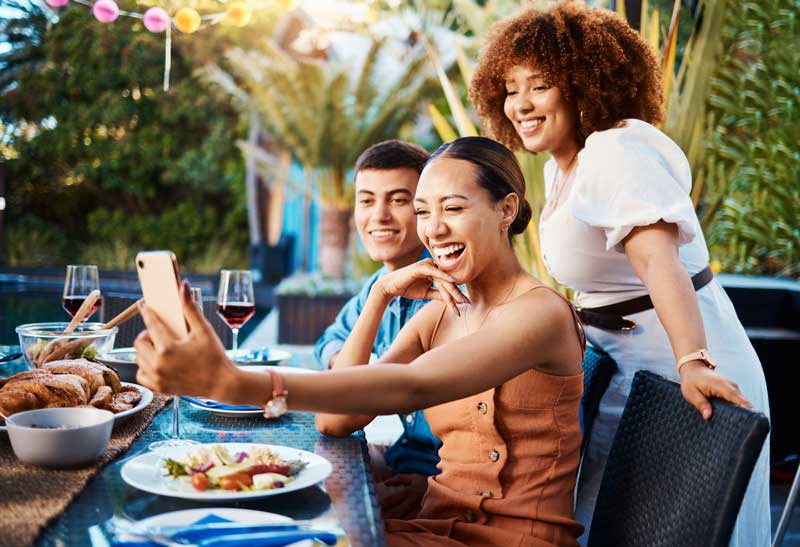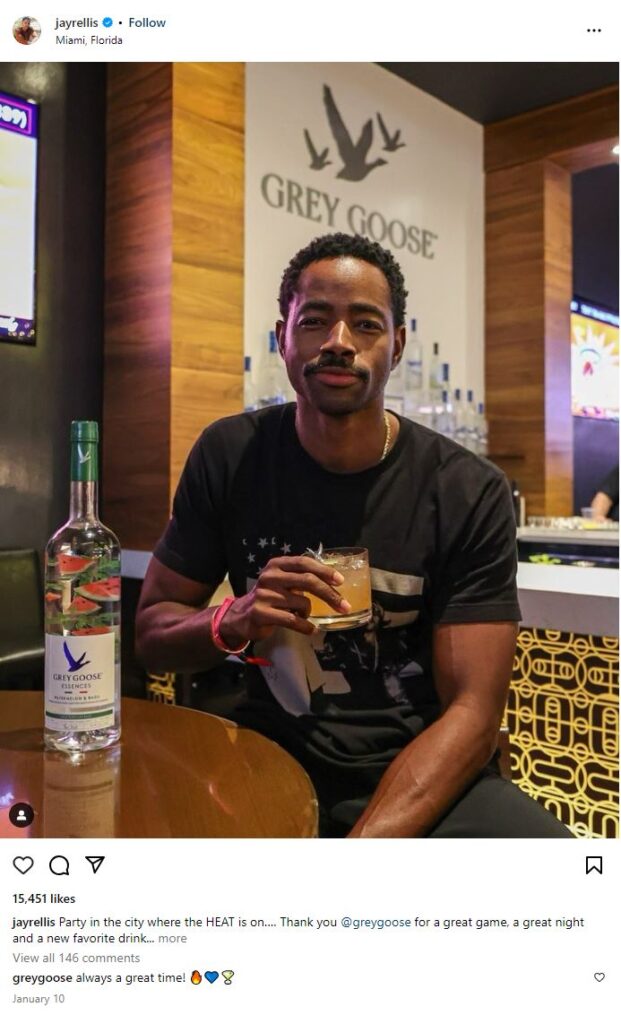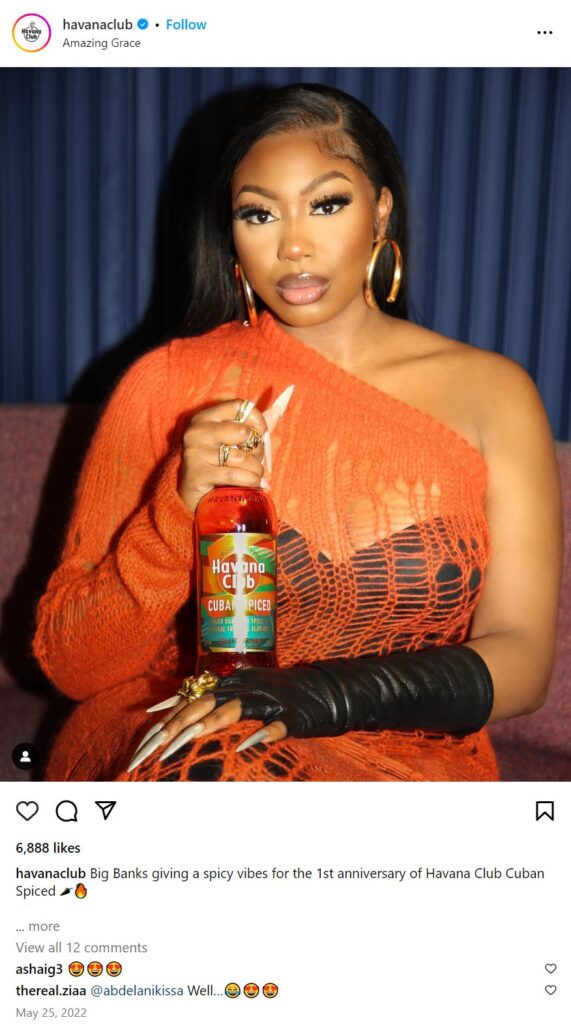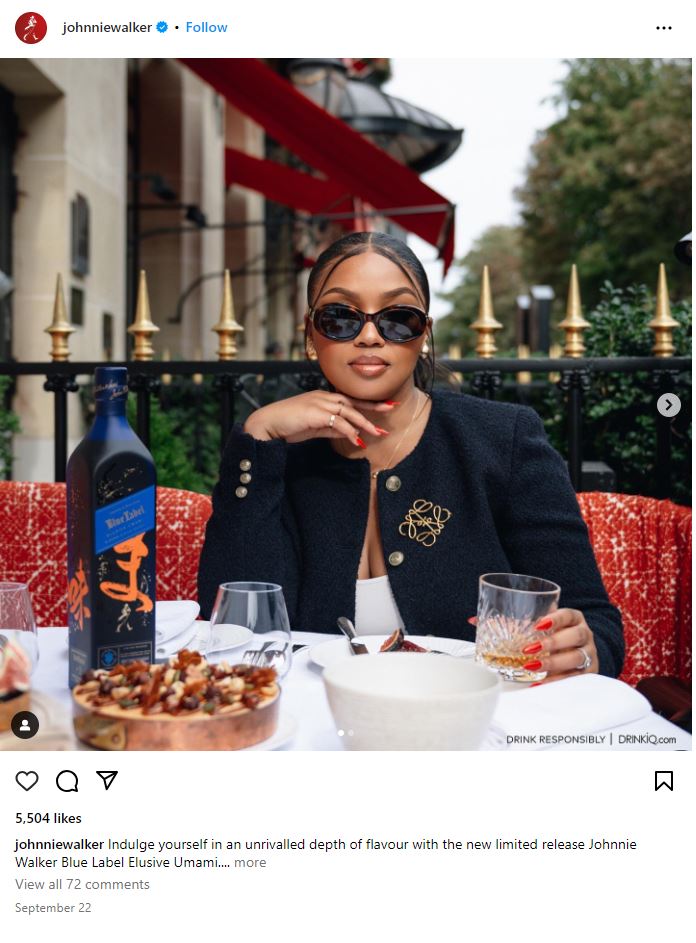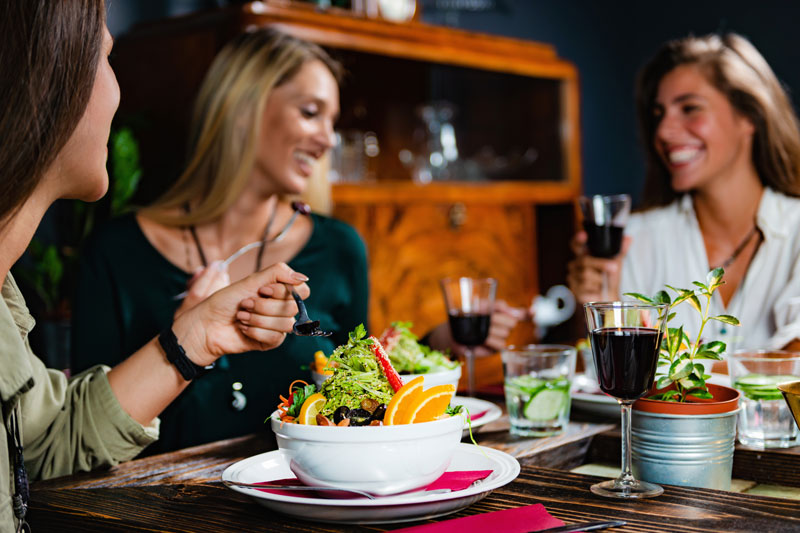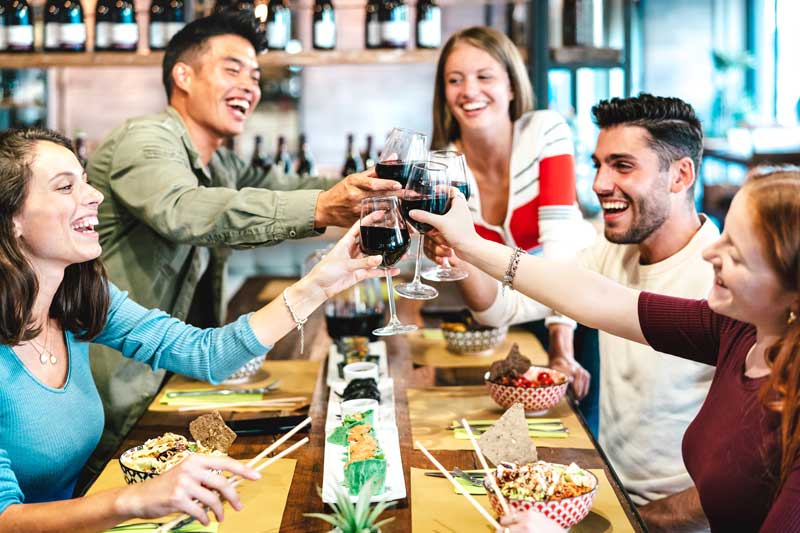The spirits industry is embracing social media influencers as a major component of their marketing strategies. This approach, blending traditional marketing with the authenticity and reach of digital influencers, is reshaping how brands connect with and engage their audiences.
Multi-platform marketing
In an effort to capitalize on the “digital world,” spirits brands are now diversifying their marketing efforts across multiple digital platforms. Influencers typically use a blend of YouTube, Instagram, and personal blogs to engage with their audience. This multi-platform strategy not only broadens their reach, but also allows them to cater to different audience preferences.
Instagram is particularly popular for its visual appeal and large consumer base, and is recommended as a starting point for new brands entering the influencer marketing space. The focus here is on creating aspirational and lifestyle-oriented content, rather than directly promoting alcohol consumption.
Celebrity endorsements and influencer partnerships
Celebrity partnerships are a key strategy. Havana Club rum’s collaboration with rapper Ms Banks is a prime example of how a creative campaign can be effectively executed across various social media channels. By hosting virtual events and interactive content, the brand maintained engagement and visibility even during lockdowns. This approach not only boosted the brand’s presence but also enriched the customer experience.
In selecting influencers, brands are focusing on aligning with personalities whose follower demographics closely match their target market. Micro-influencers (as opposed to macro-influencers and large celebrities) typically have smaller but highly engaged followings and are valued for their authenticity and cost-effectiveness, making them ideal for targeting niche markets.
Crafting influencer campaigns
The crafting of influencer campaigns requires clear goal setting and execution strategies. Brands need to establish well-defined expectations and deliverables when collaborating with influencers. This involves a balance of creative input and allowing influencers the freedom to bring their own ideas and expertise to the table. Engaging content like cocktail recipes, lifestyle pairings, and personal experiences resonate well with audiences, enhancing the brand’s online presence and credibility.
Johnnie Walker and Grey Goose are notable examples of brands that effectively utilized various social media features. Johnnie Walker’s engagement through recipes and insights into the distilling process, and Grey Goose’s use of Instagram’s Reels and IGTV for its lower-ABV Essences range, demonstrate the diverse ways brands can creatively leverage these platforms.
What’s the payoff?
The benefits of influencer marketing in the spirits industry are manifold:
- This approach significantly increases brand awareness, particularly for smaller or lesser-known brands.
- By targeting specific niches, spirits brands can reach audiences that are already interested in similar products.
- The perceived authenticity of influencers, as they share personal experiences and curated content, builds trust in the brand.
- Additionally, influencer marketing offers flexibility in budgeting, making it accessible for both large corporations and small craft brands.
In summary, the use of social media influencers in the spirits industry is a dynamic and evolving strategy. It combines the reach and influence of digital personalities with traditional marketing techniques, allowing brands to connect more deeply with their audiences and tailor their marketing efforts more effectively. This approach not only enhances brand presence in the digital world but also aligns with the modern consumer’s preference for authenticity and personalized experiences.
- How Spirits Brands Can Improve Brand Loyalty with Data Analytics - January 30, 2024
- The Collapse of Herbl, and How Other Cannabis Distributors Can Avoid the Same Fate - January 24, 2024
- Top 5 Blog Posts of 2023 - December 28, 2023

